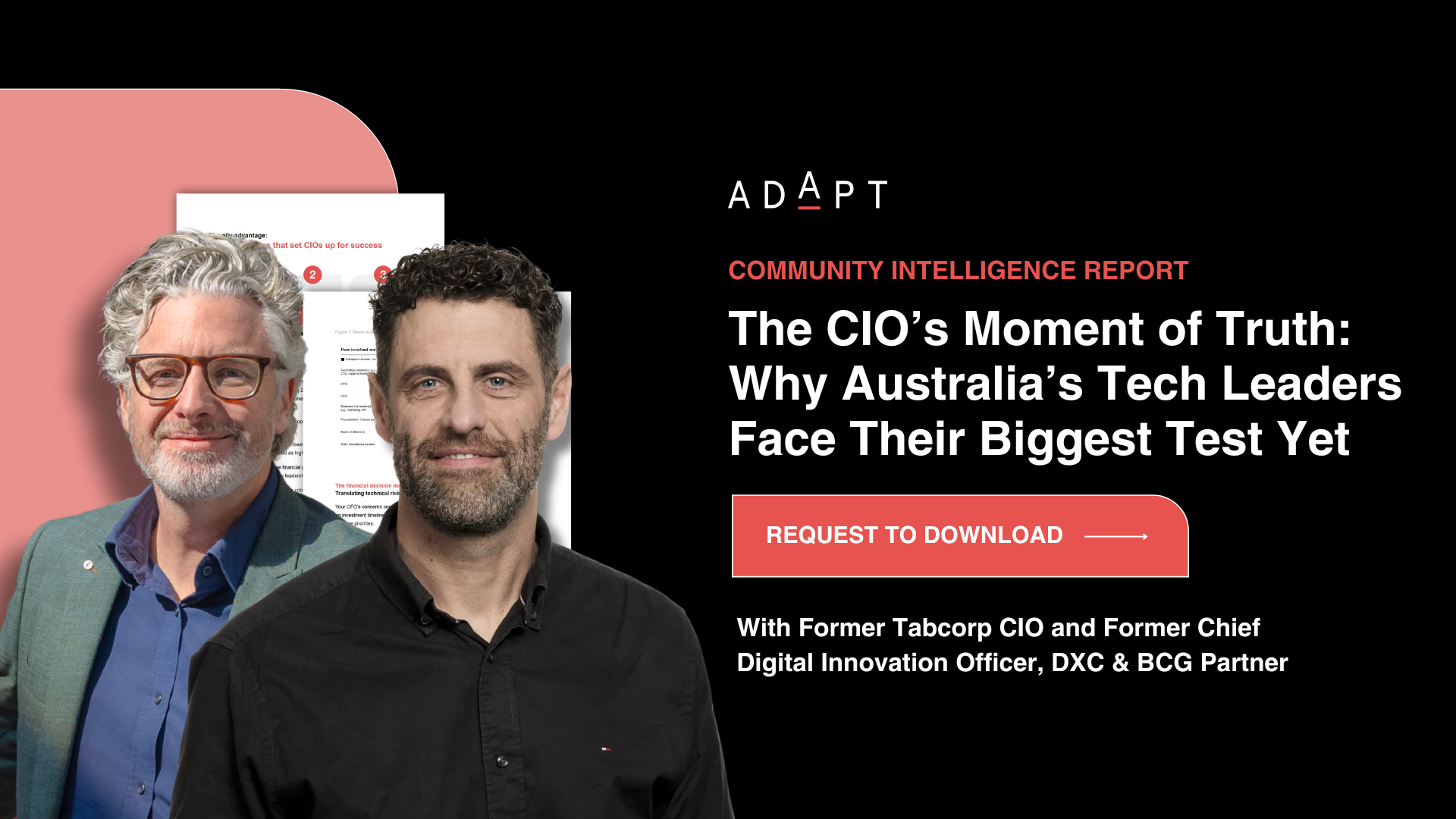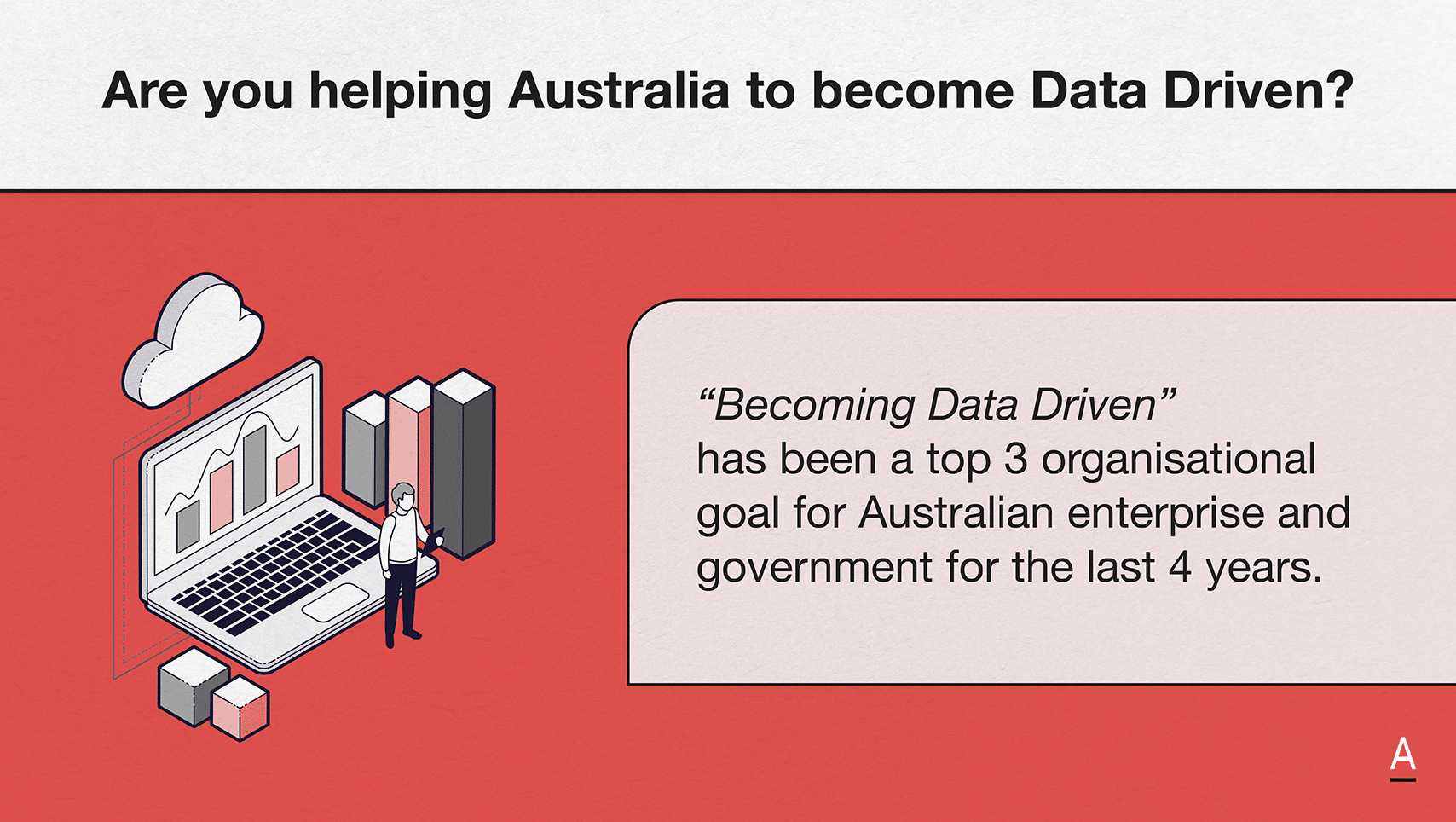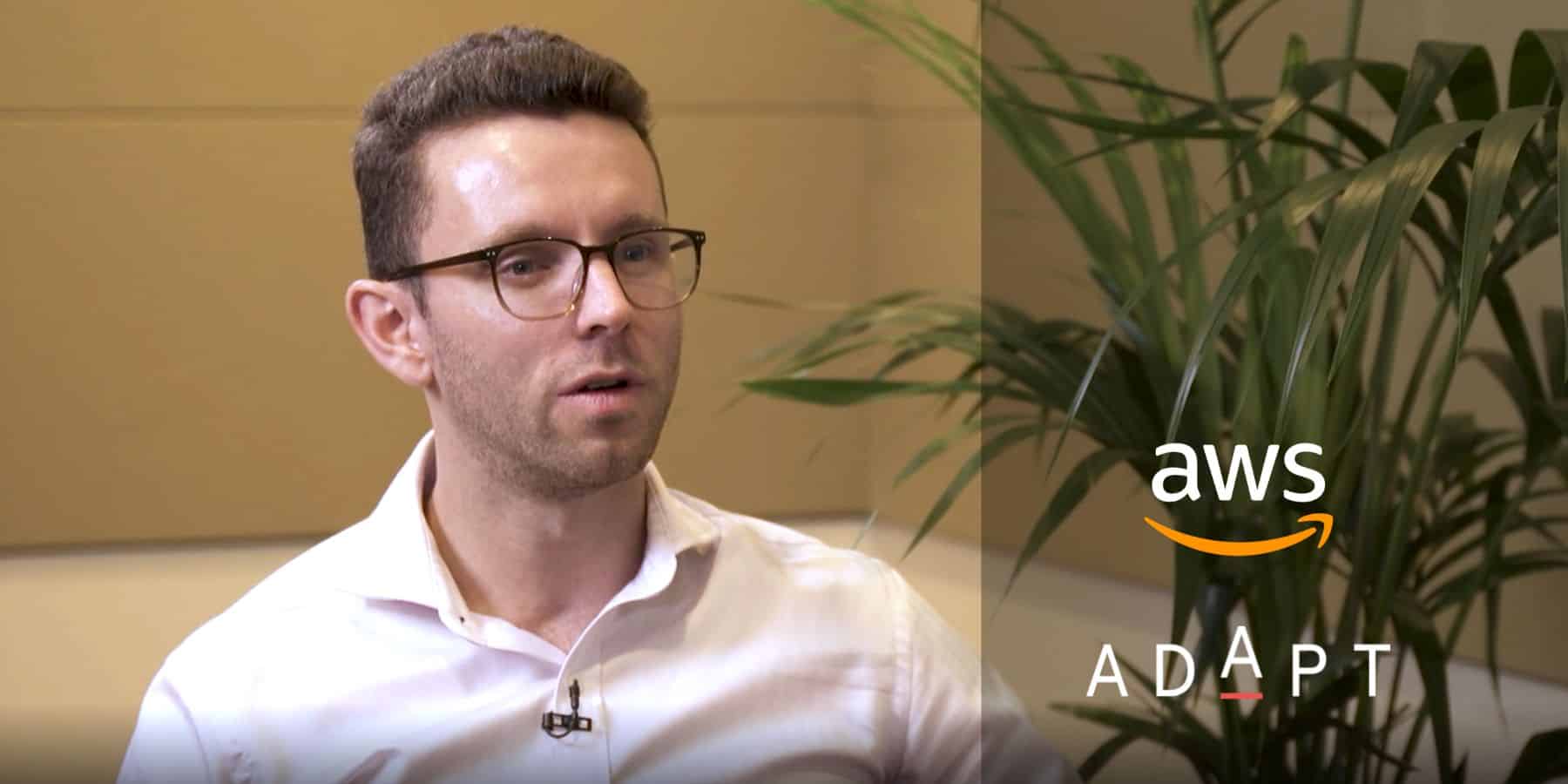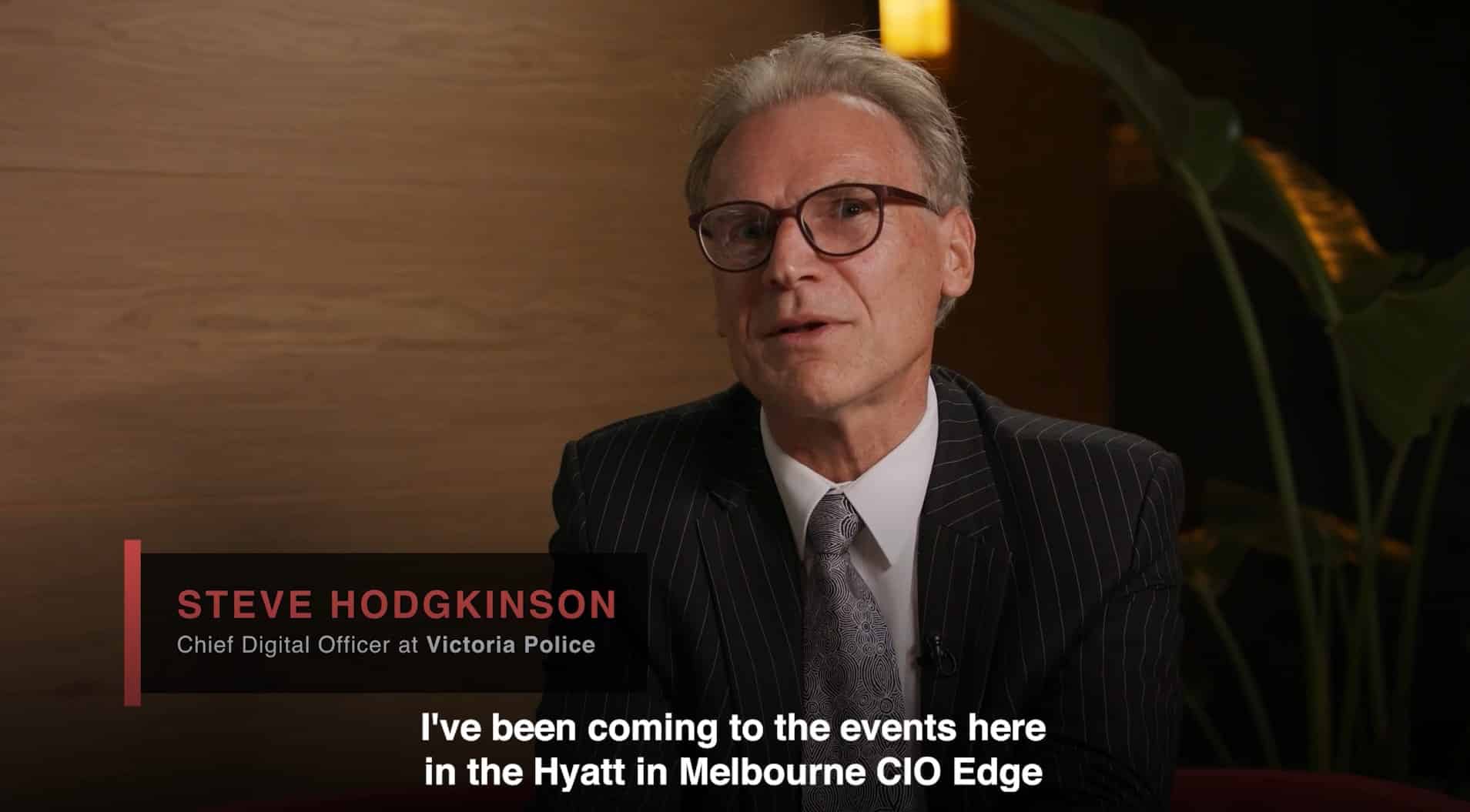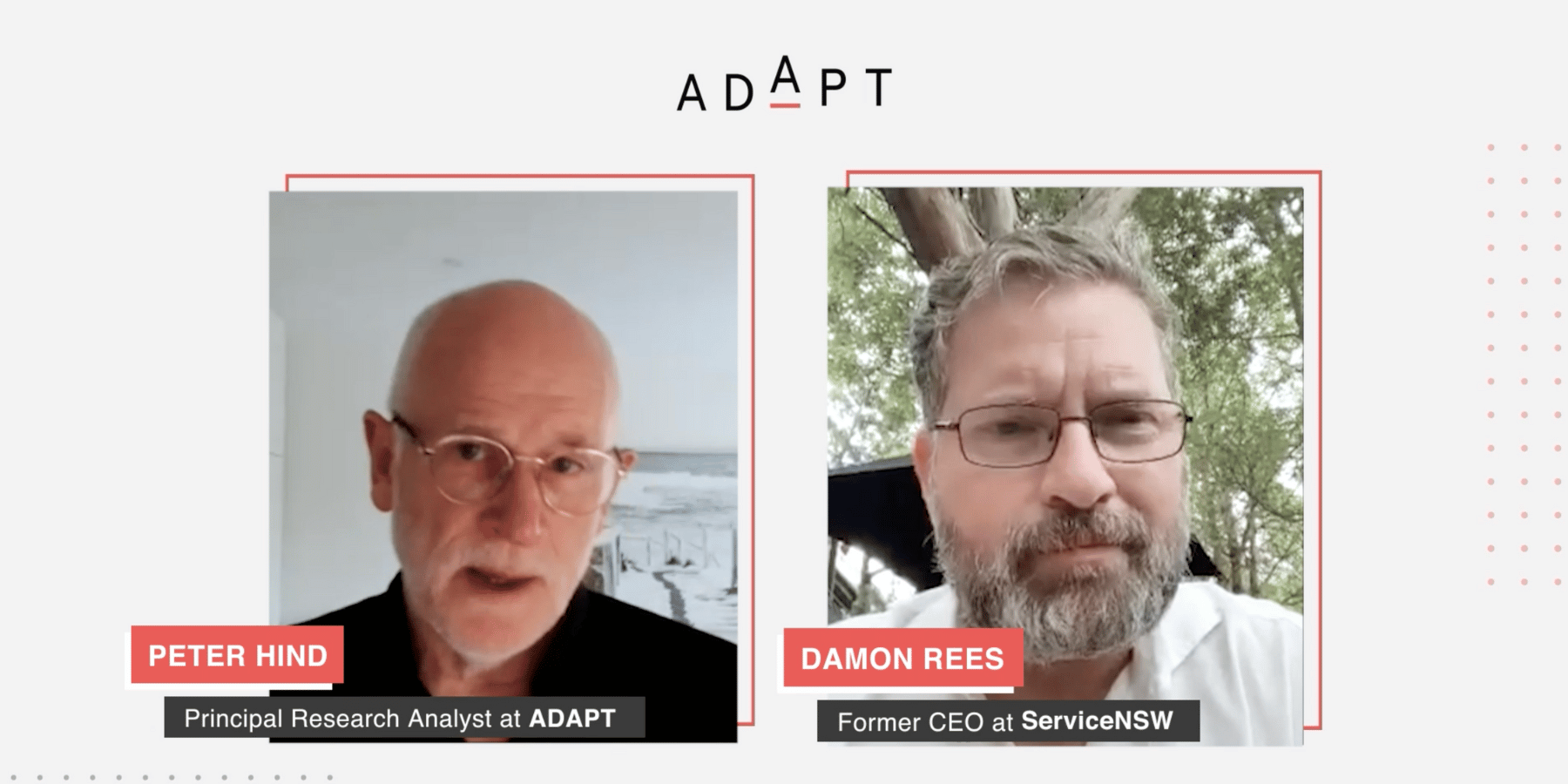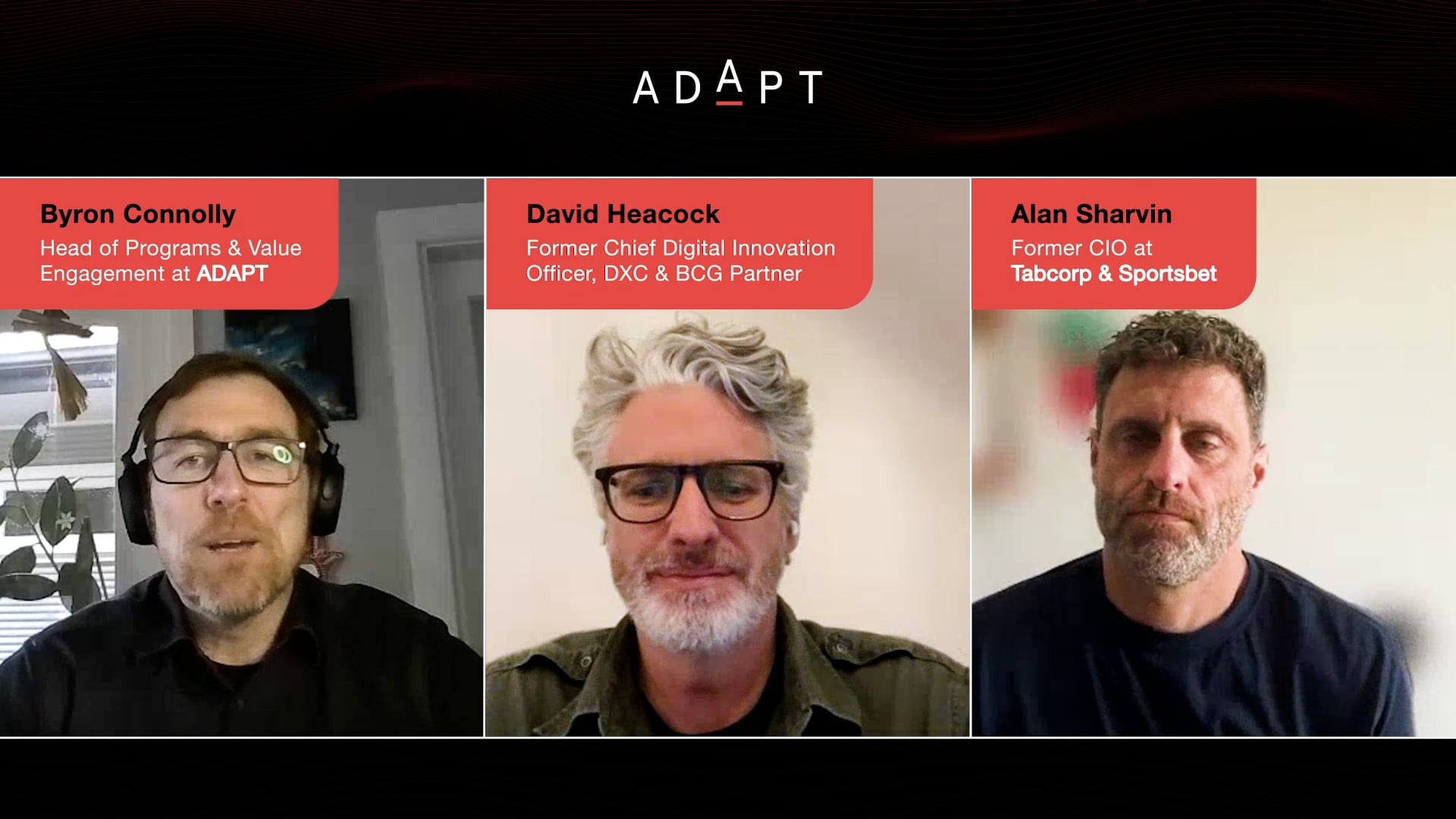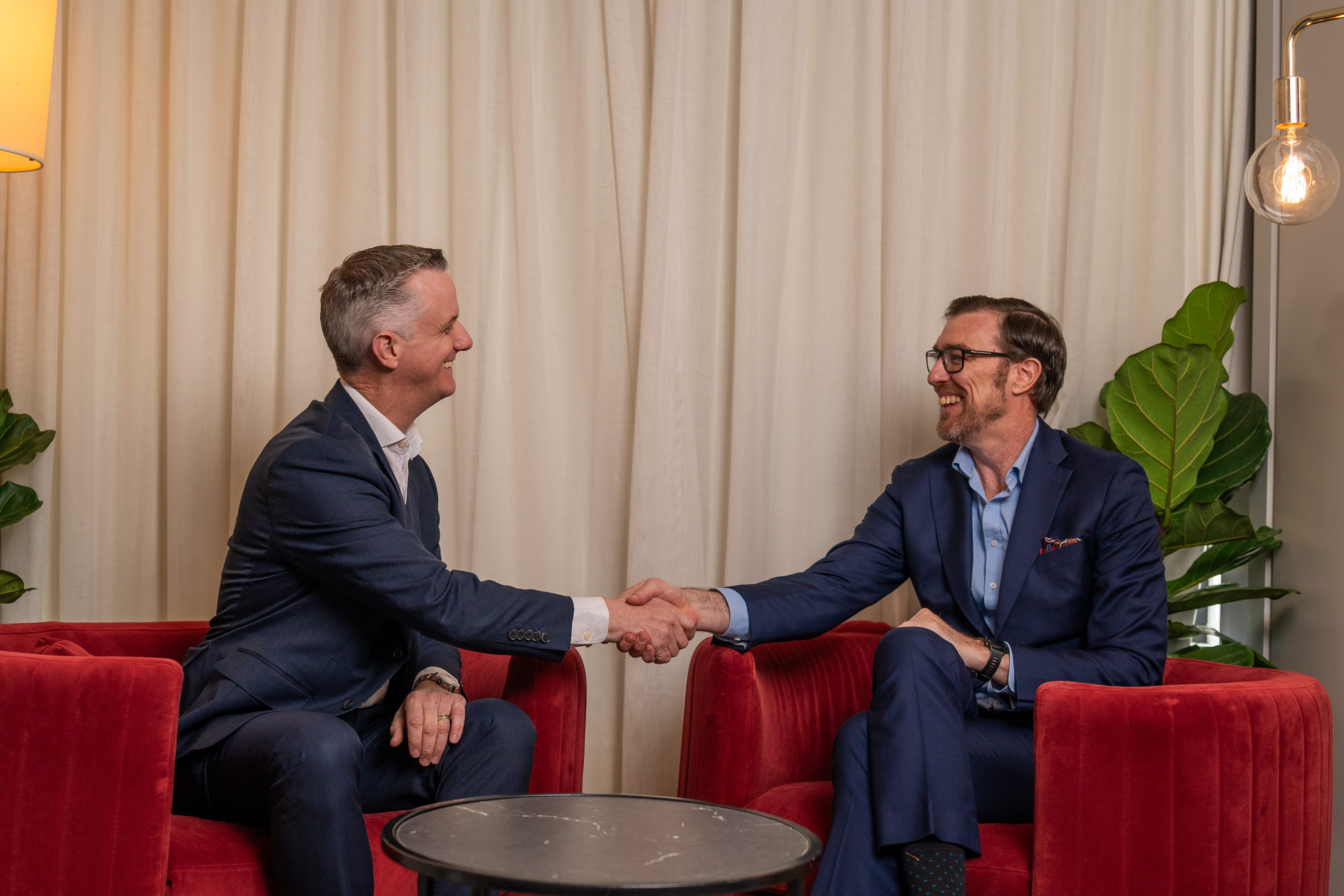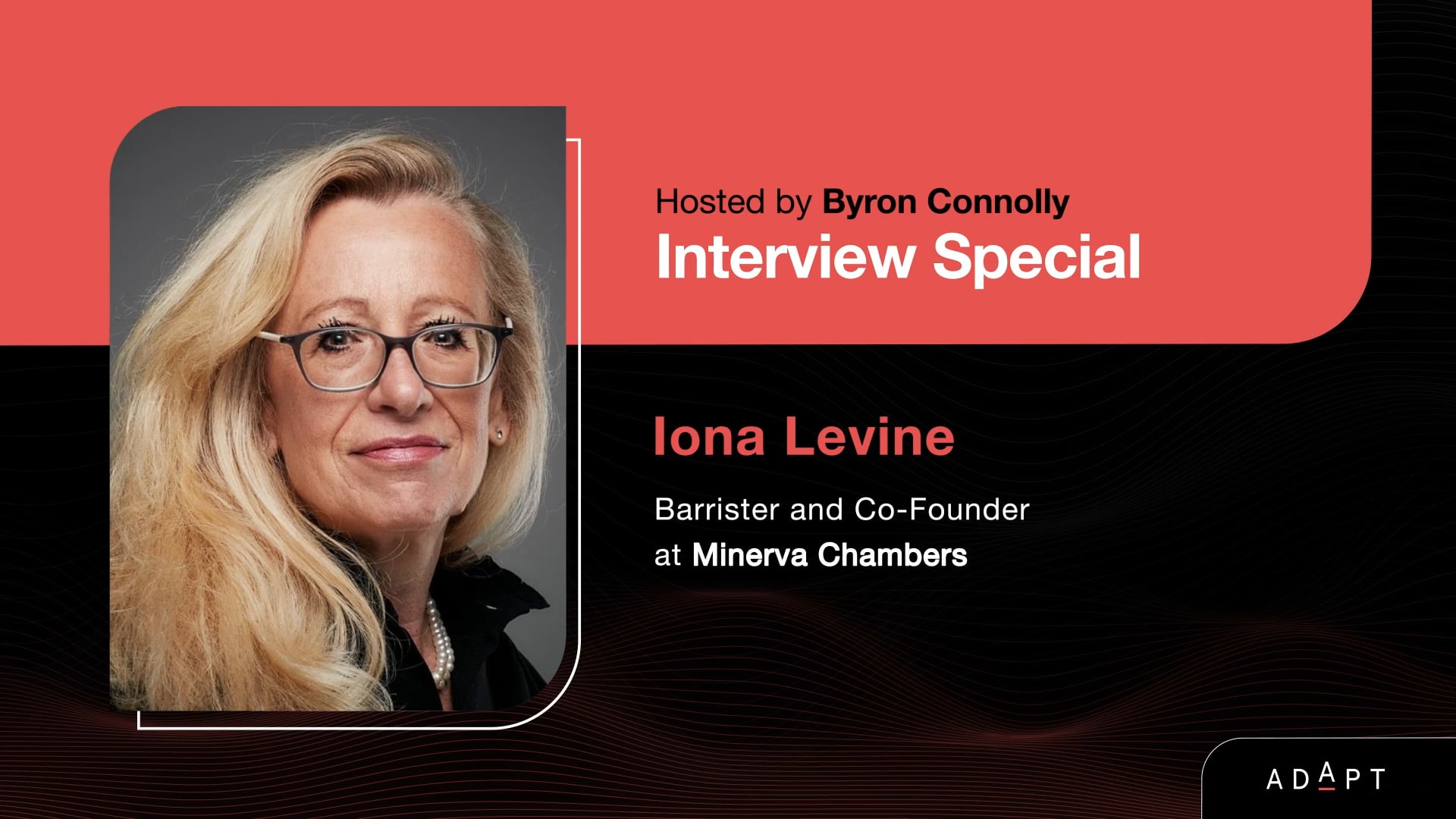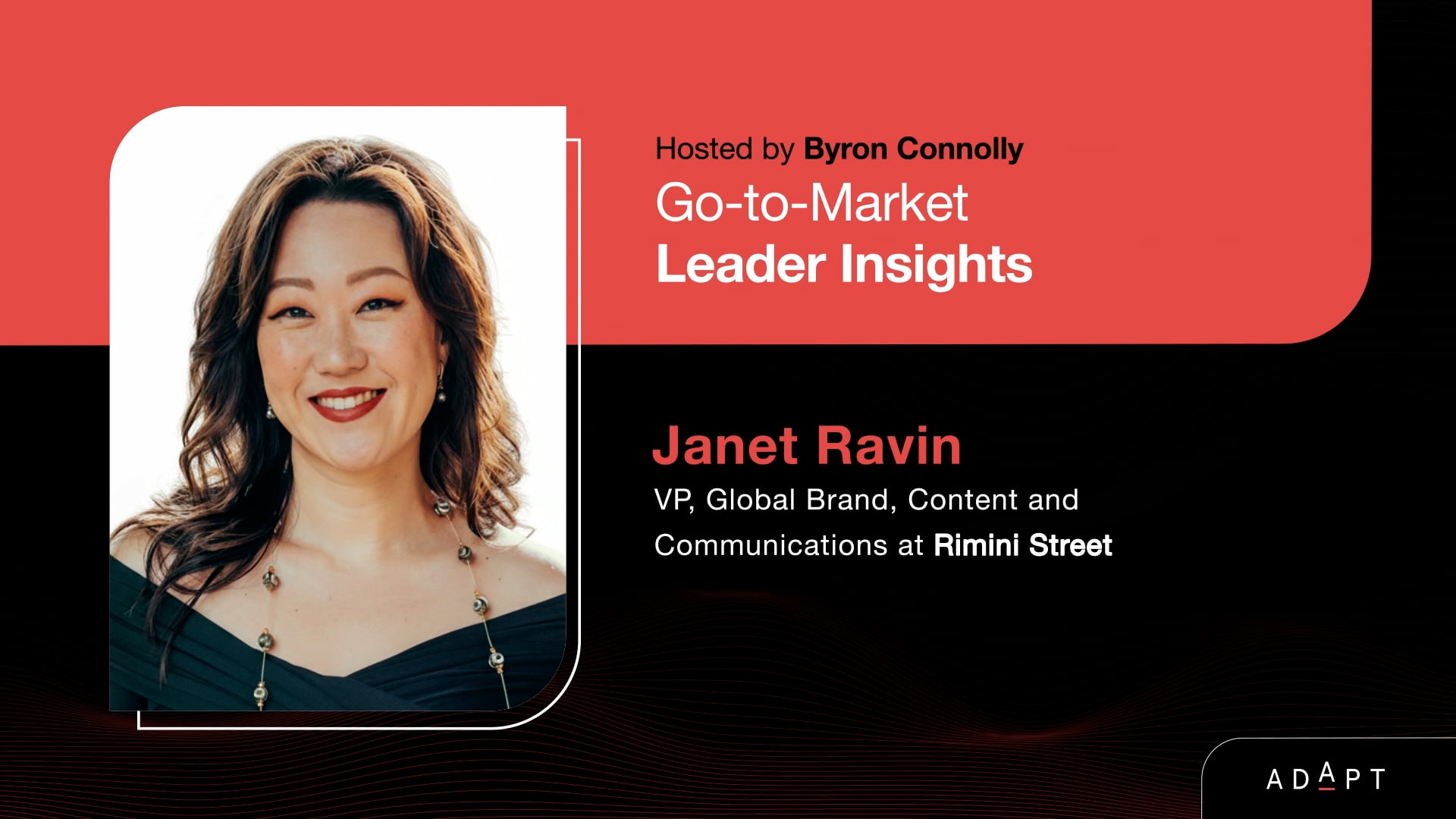Australia’s CIOs face a defining moment as digital ambitions collide with the need for business alignment, clarity, and measurable value.
Across Australian enterprises, technology leaders who once gained influence through bold digital transformation agendas now face a new kind of reckoning.
Proof-of-concept fatigue, scrutiny of AI investments, and pressure to justify value beyond technical success are forcing CIOs to rethink how they lead.
In this virtual discussion hosted by Byron Connolly, Head of Programs & Value Engagement at ADAPT, David Heacock, former Chief Digital Innovation Officer at DXC and former Partner at BCG, and Alan Sharvin, former CIO at Tabcorp and Sportsbet, discussed some of the highlights of ADAPT’s report The CIO’s Moment of Truth: Why Australia’s Tech Leaders Face Their Biggest Test Yet.
They shared practical insights from their experience guiding Australia’s technology leaders through this inflection point.
Bridging the translation gap between technology and business
Many CIOs have risen from deeply technical backgrounds, fluent in architecture, engineering, and delivery excellence.
Yet as they enter the C-suite, the context shifts from systems to strategy.
David explained how technical mastery alone can no longer secure investment or confidence.
The ability articulate how initiatives contribute to growth, risk reduction, or customer retention has become the new differentiator.
This translation gap often emerges when CIOs frame business cases around end-of-life systems or technical debt rather than outcomes.
Modern leaders must reframe their narratives to reflect how digital initiatives affect margins, resilience, and market position.
The evolution from technical stewardship to commercial advocacy defines the modern CIO’s test of influence.
Storytelling as a strategic tool for influence and alignment
Communication is now an enterprise capability.
Alan described how storytelling helps technology leaders connect emotionally and intellectually with boards and CFOs.
When CIOs communicate in terms of customer churn, conversion, or revenue impact, they elevate technology from cost center to growth driver.
The shift requires CIOs to become fluent in the language of the business: understanding KPIs, customer analytics, and financial levers that matter to other executives.
By creating a shared vocabulary, teams move from project justification to co-ownership of outcomes.
This shared understanding reduces friction, accelerates delivery, and ensures that technology remains central to enterprise purpose.
From projects to products: reshaping delivery for sustained value
As enterprises evolve, the move from project-based structures to product-oriented operating models is redefining how value is created.
Alan reflected on how persistent, cross-functional product teams align business and technology around continuous outcomes instead of temporary milestones.
In these models, annual funding allocations replace case-by-case approvals, allowing teams to focus on performance and value rather than cost.
The conversation shifts from budget defense to investment return.
David noted that while this approach can deliver substantial speed and satisfaction gains, it also challenges long-standing corporate rhythms, particularly in sectors bound by CapEx-driven cycles.
Embedding product-based models often demands a cultural reset and enduring leadership resolve.
The reality check for AI: promise, hype, and practical use cases
Artificial intelligence has emerged as both a catalyst and a cautionary tale.
The panel noted that vendors’ overpromises and enterprises’ overambitious expectations have led to widespread disillusionment.
Many AI pilots remain trapped in experimentation, unable to meet production-level thresholds of accuracy or trust.
David observed that the problem often lies in misaligned use cases, attempting to automate complex, judgment-based decisions before the technology or governance structures are mature enough.
Society’s low tolerance for machine error further amplifies risk.
Successful AI adoption, the group agreed, requires focusing on business-relevant use cases where precision, reliability, and accountability can be measured.
Balancing speed with governance through the hub-and-spoke model
Alan explained how CIOs can reconcile the need for rapid experimentation with the discipline of responsible AI.
The hub-and-spoke framework offers a practical solution: a centralised governance hub establishes data integrity, ethical principles, and compliance controls, while decentralised spokes across business units drive innovation and apply AI to domain-specific challenges.
This model builds speed with trust.
The hub ensures consistency and safety, while the spokes maintain proximity to real business problems.
The challenge lies in maintaining equilibrium between agility and assurance, ensuring that governance empowers rather than constrains innovation.
Redefining leadership for the next decade
As the conversation concluded, Byron reflected on how CIOs must measure success through business value rather than technical achievement.
Elegant architectures or modern infrastructure have meaning only when they translate into customer satisfaction and operational advantage.
The CIOs who thrive will be those who embed alignment, transparency, and measurable outcomes into every initiative, transforming the role from enabler to enterprise value architect.
Key Takeaways:
- Communication outranks complexity: CIOs must translate technical goals into commercial outcomes that resonate with boards and CFOs.
- Shared language builds trust: Storytelling creates alignment across technology, finance, and operations.
- Product models drive accountability: Persistent funding and outcome-based teams shift focus from cost to value.
- AI requires realism and restraint: Success depends on selecting feasible use cases and managing expectations amid vendor hype.
- Governance accelerates innovation: Hub-and-spoke structures enable fast experimentation with responsible oversight.
- Leadership redefined: Tomorrow’s CIOs will be measured by their capacity to turn digital ambition into tangible, business-level impact.
Discover more insights from David and Alan in the report, where they explore how Australia’s technology executives are redefining leadership amid scrutiny, AI disruption, and shifting business expectations.
